Black and White Flower Wall Art & Canvas Prints
Black and White Flower Wall Art & Canvas Prints
Couldn't load pickup availability
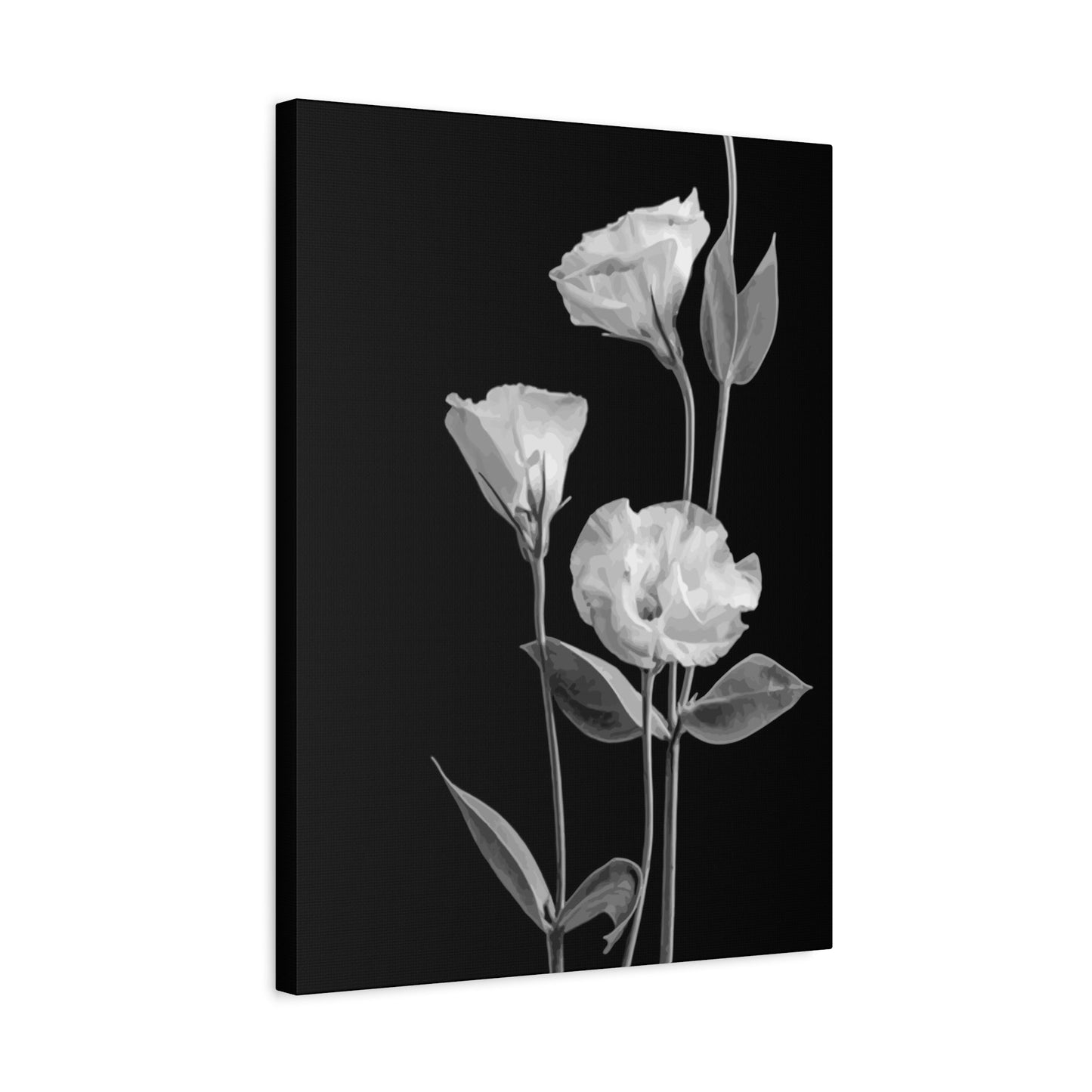
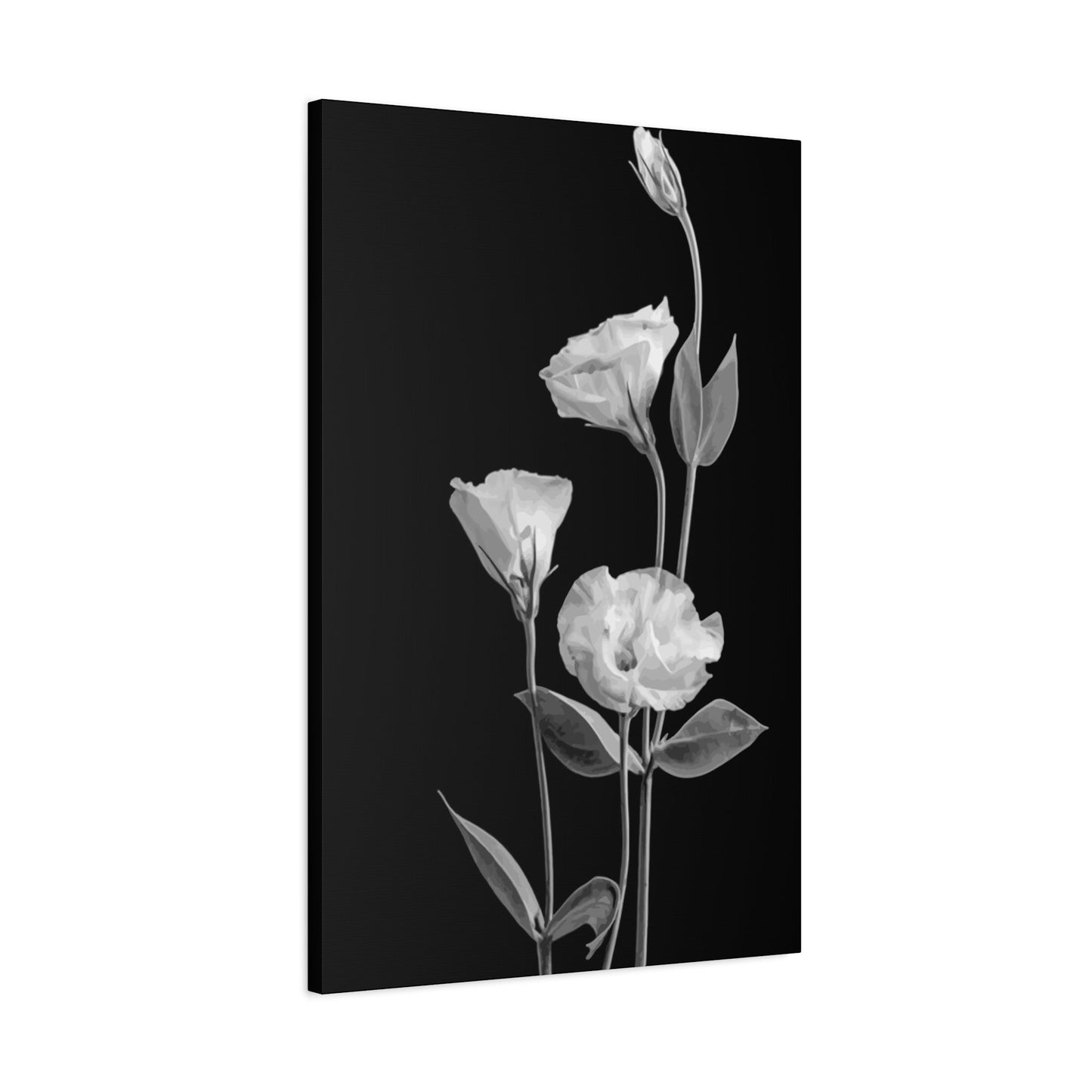
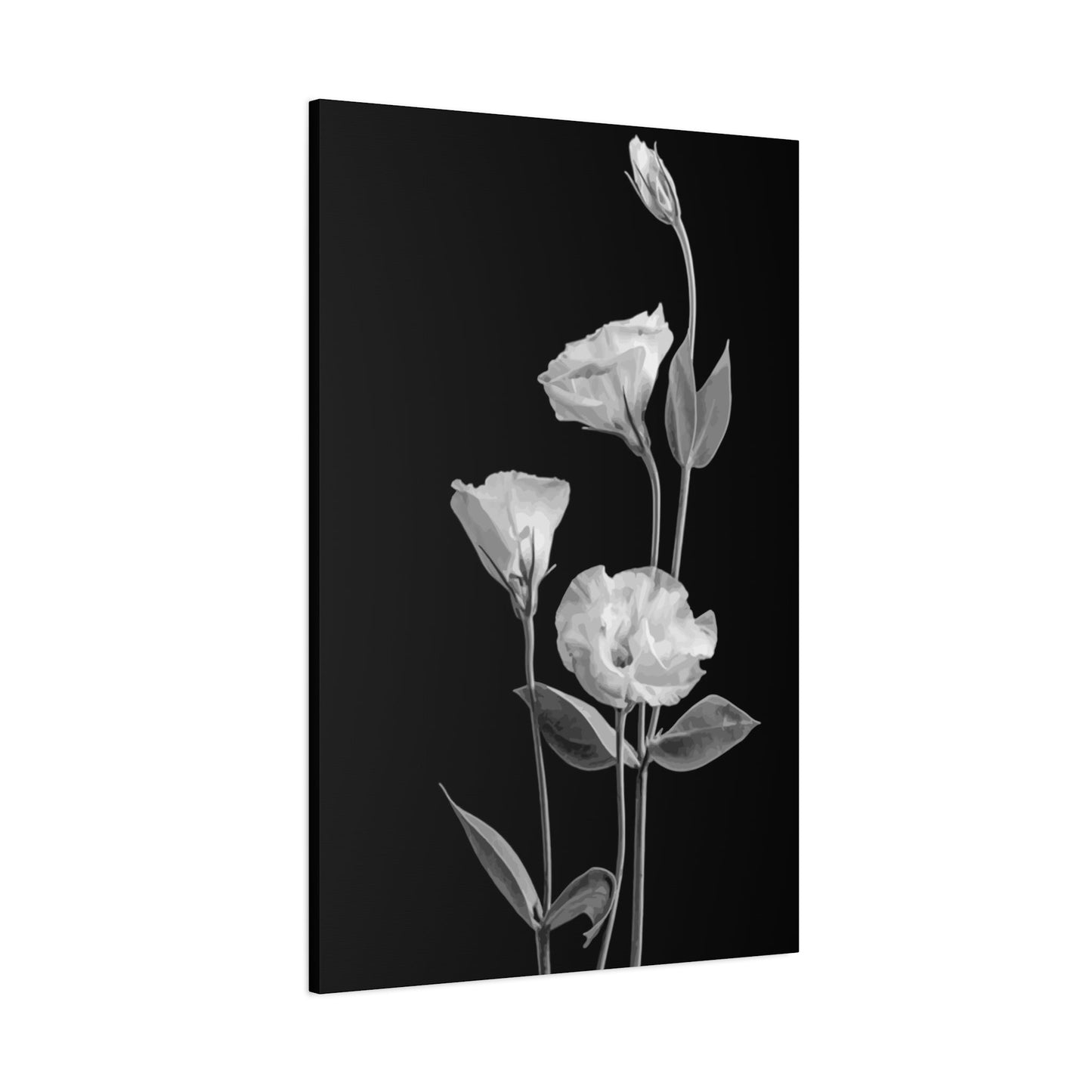
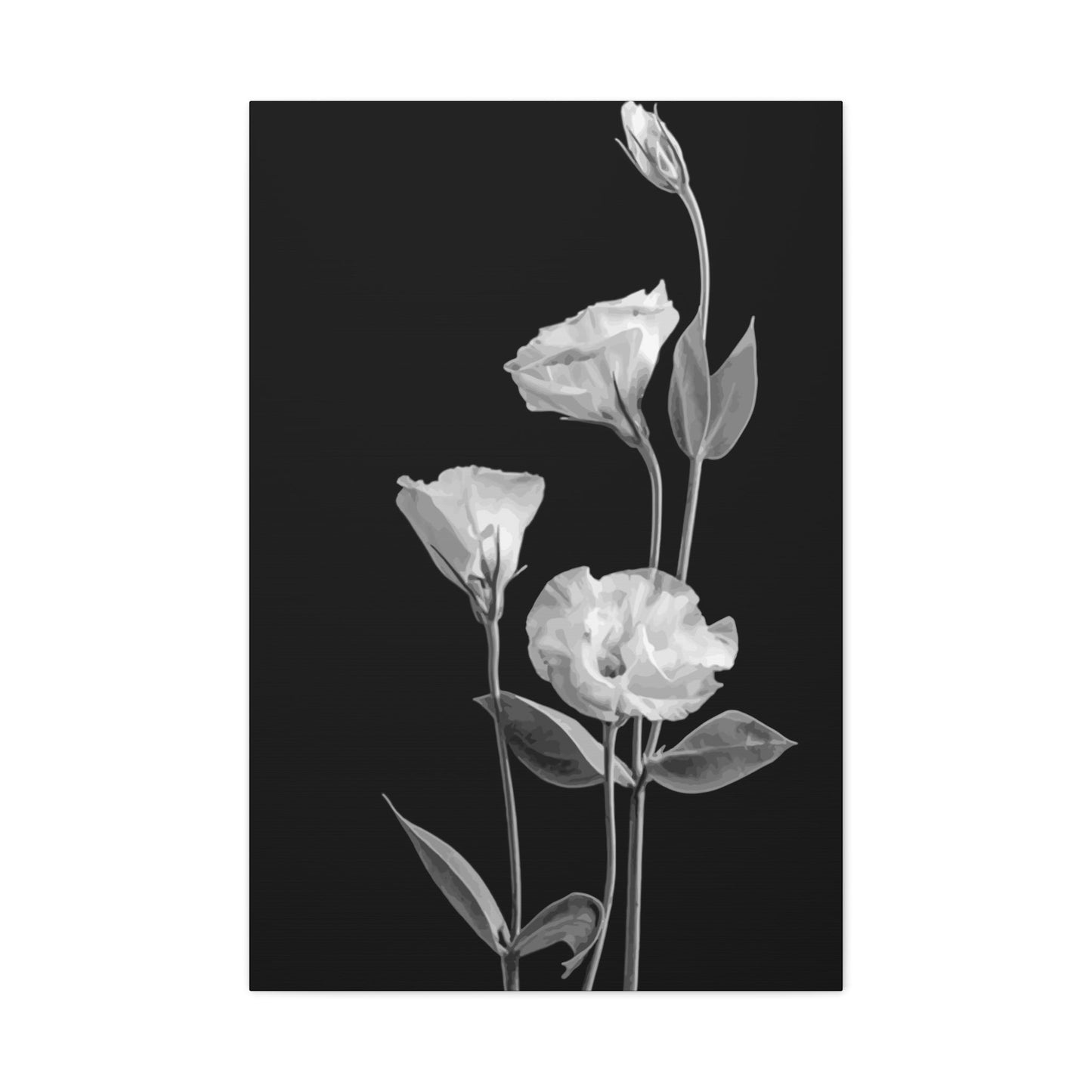
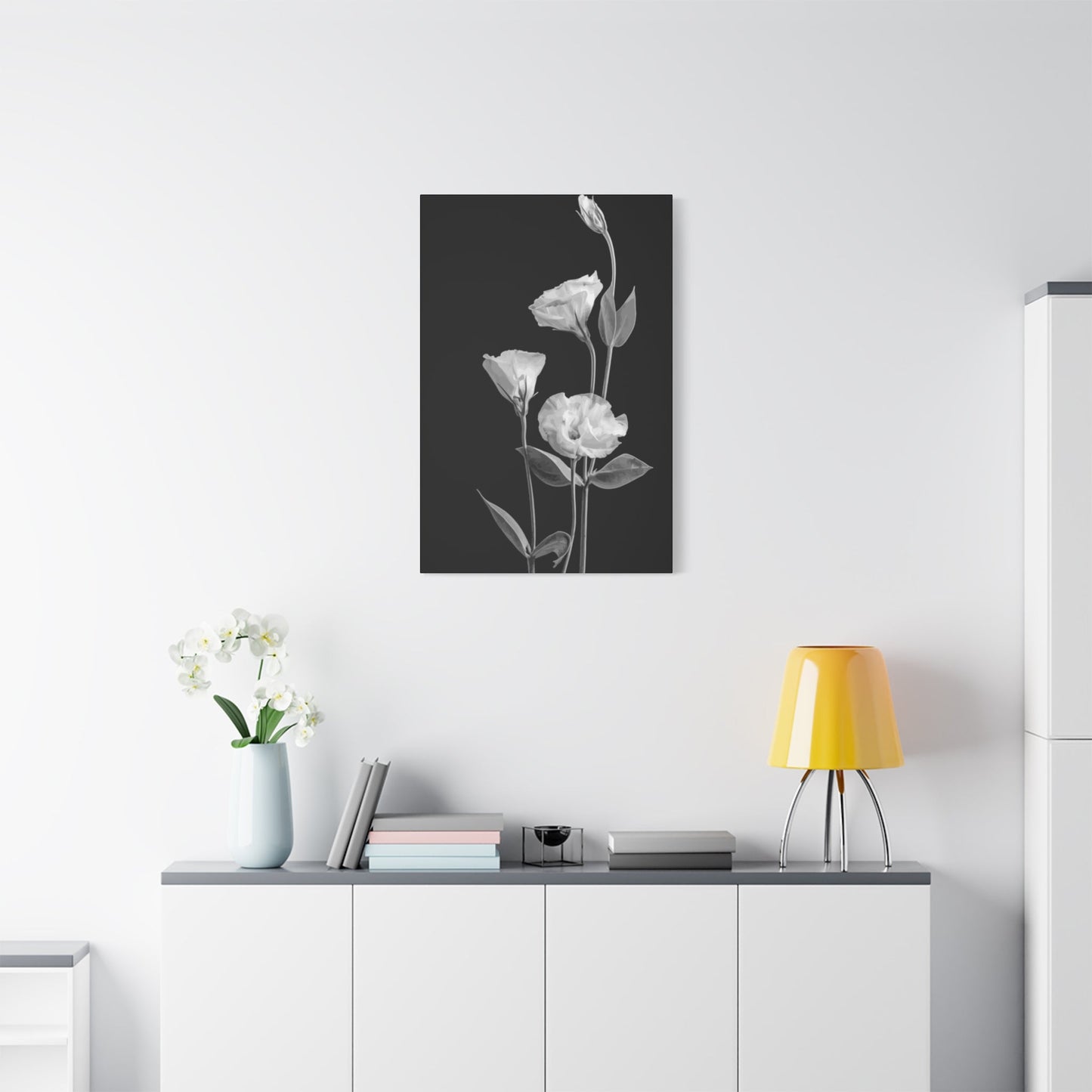
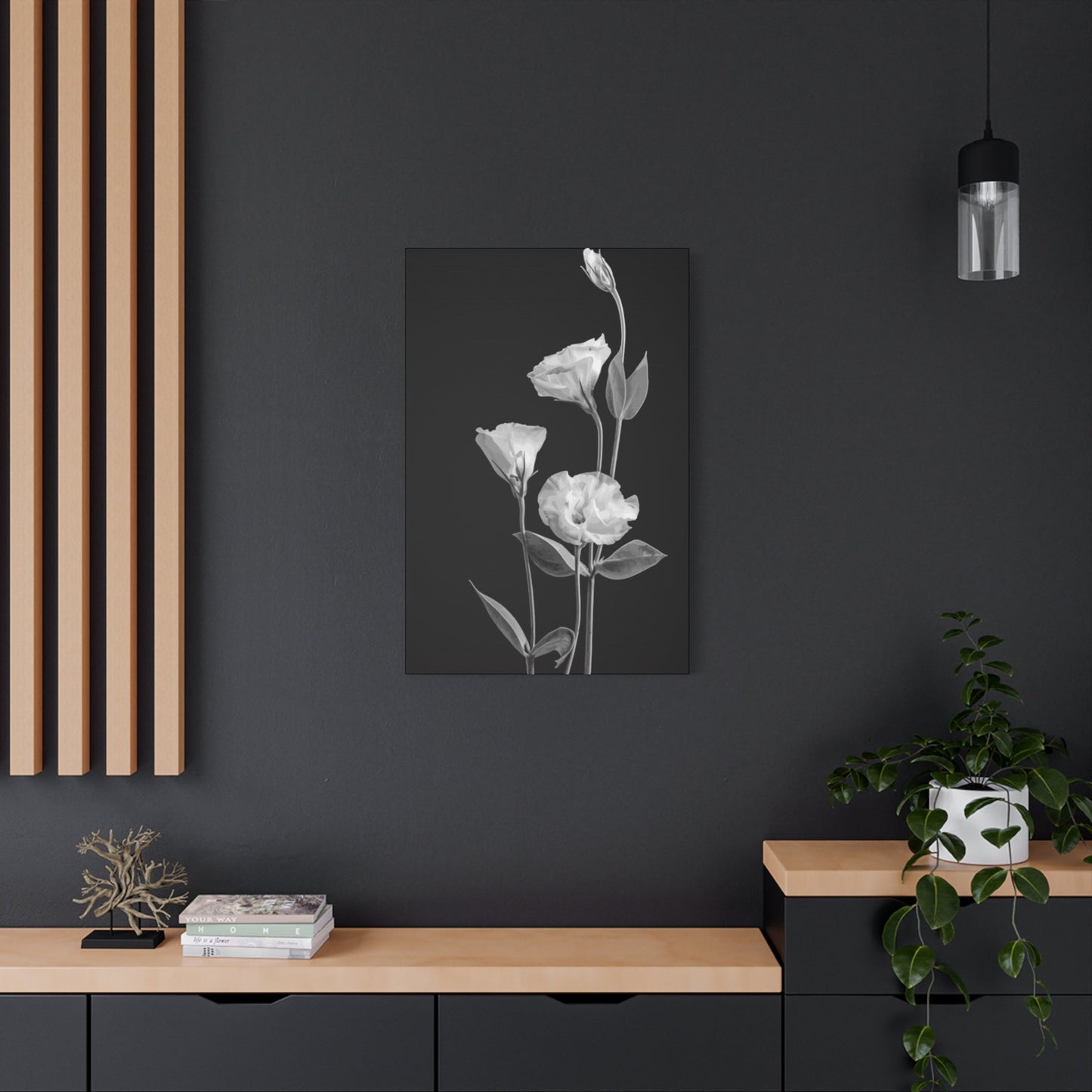
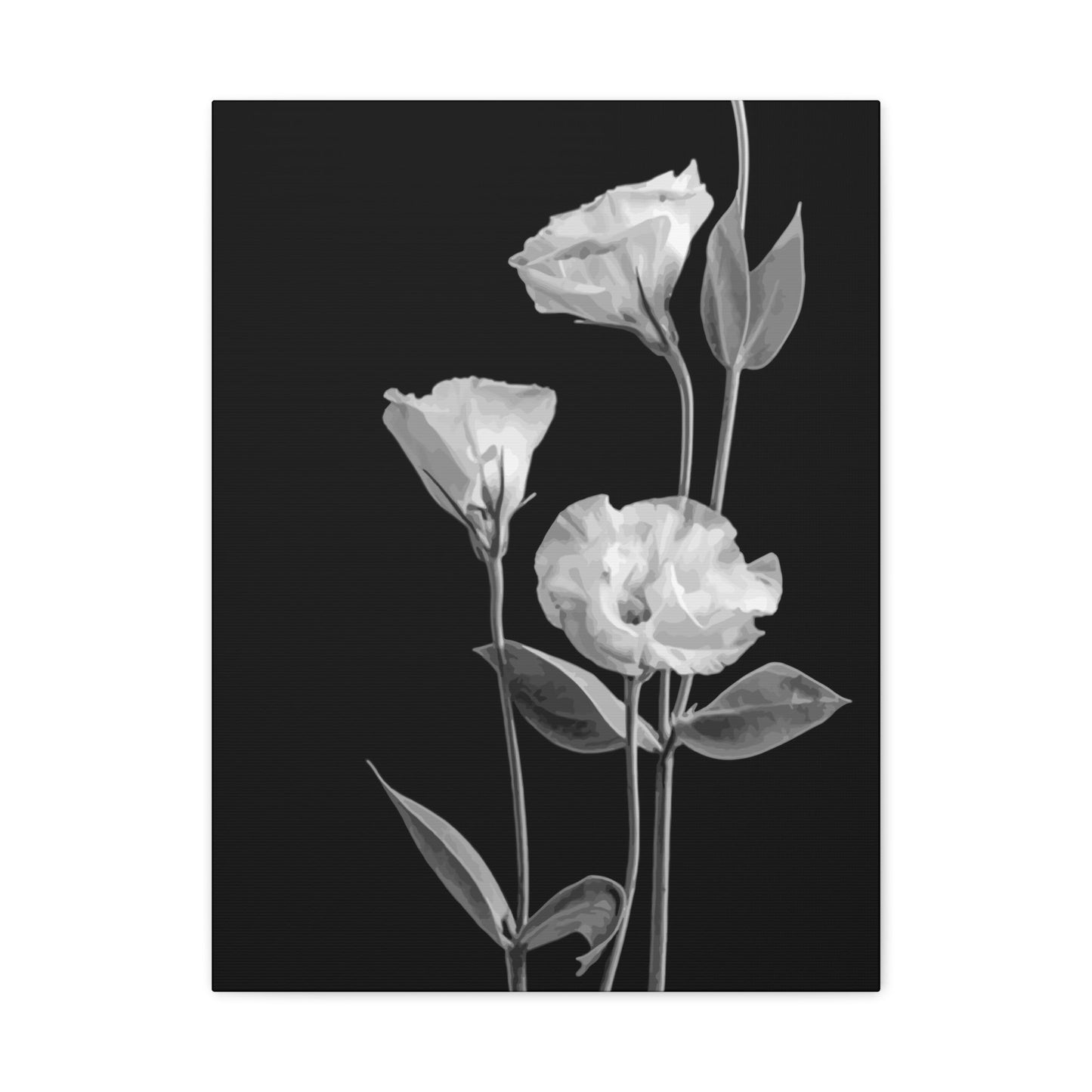
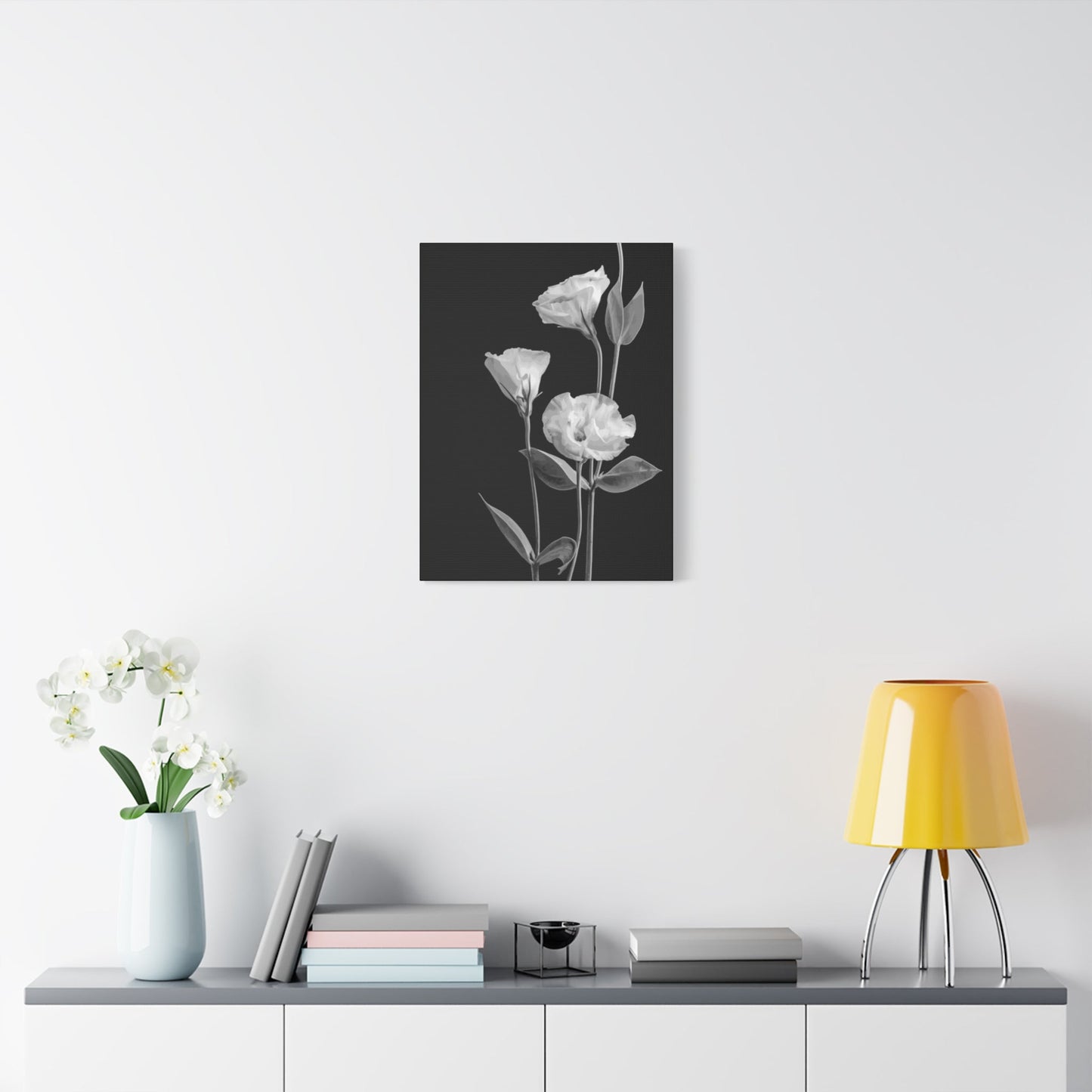
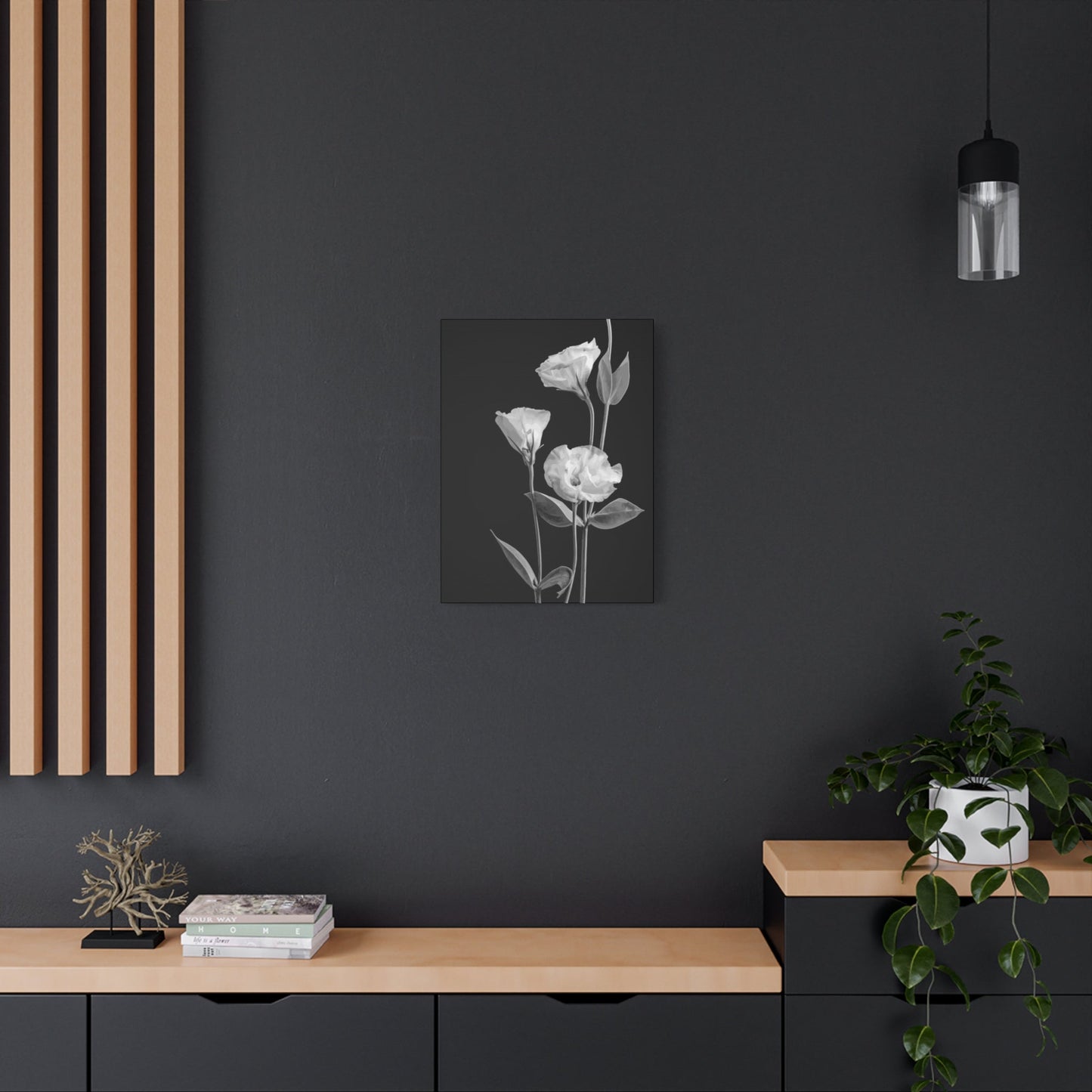
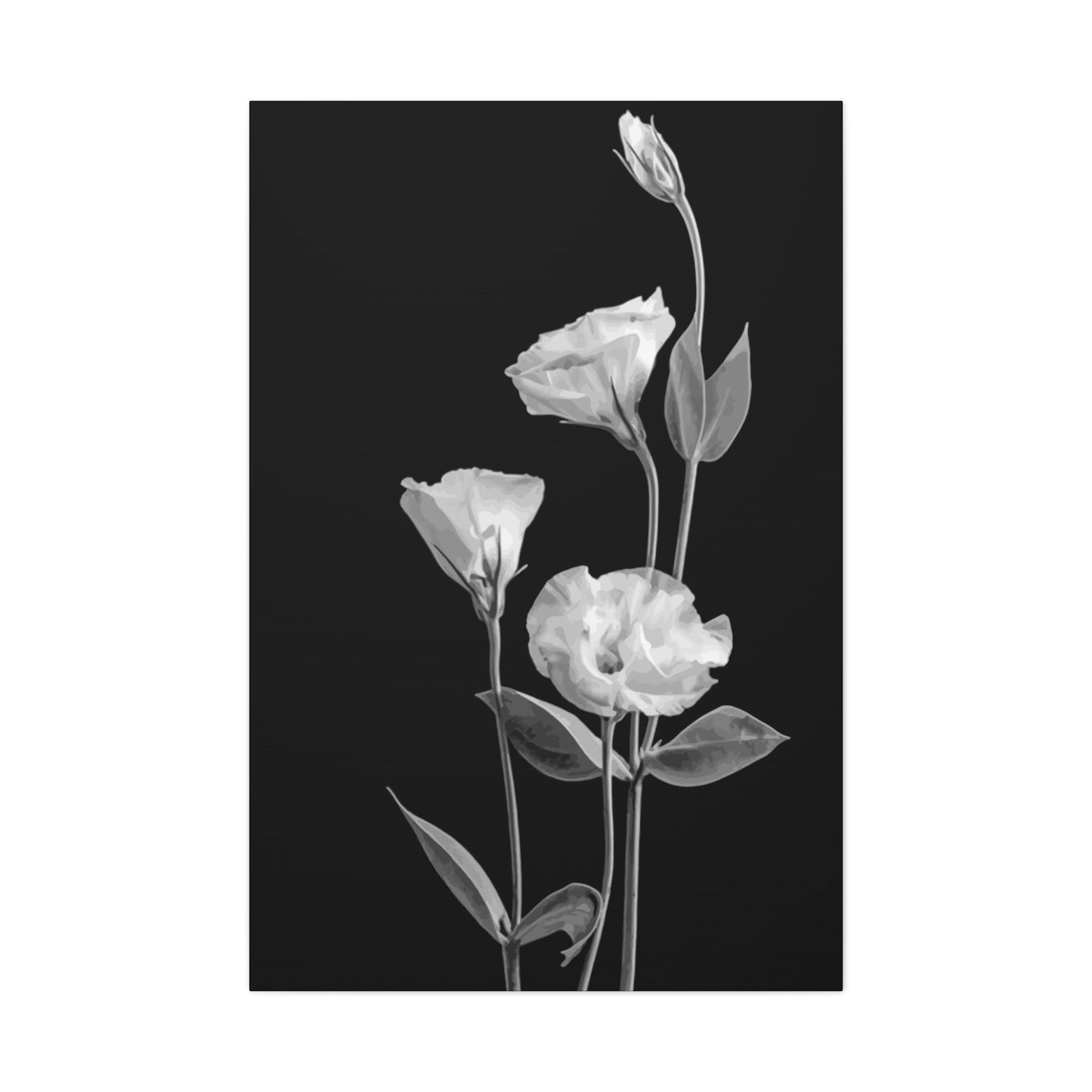
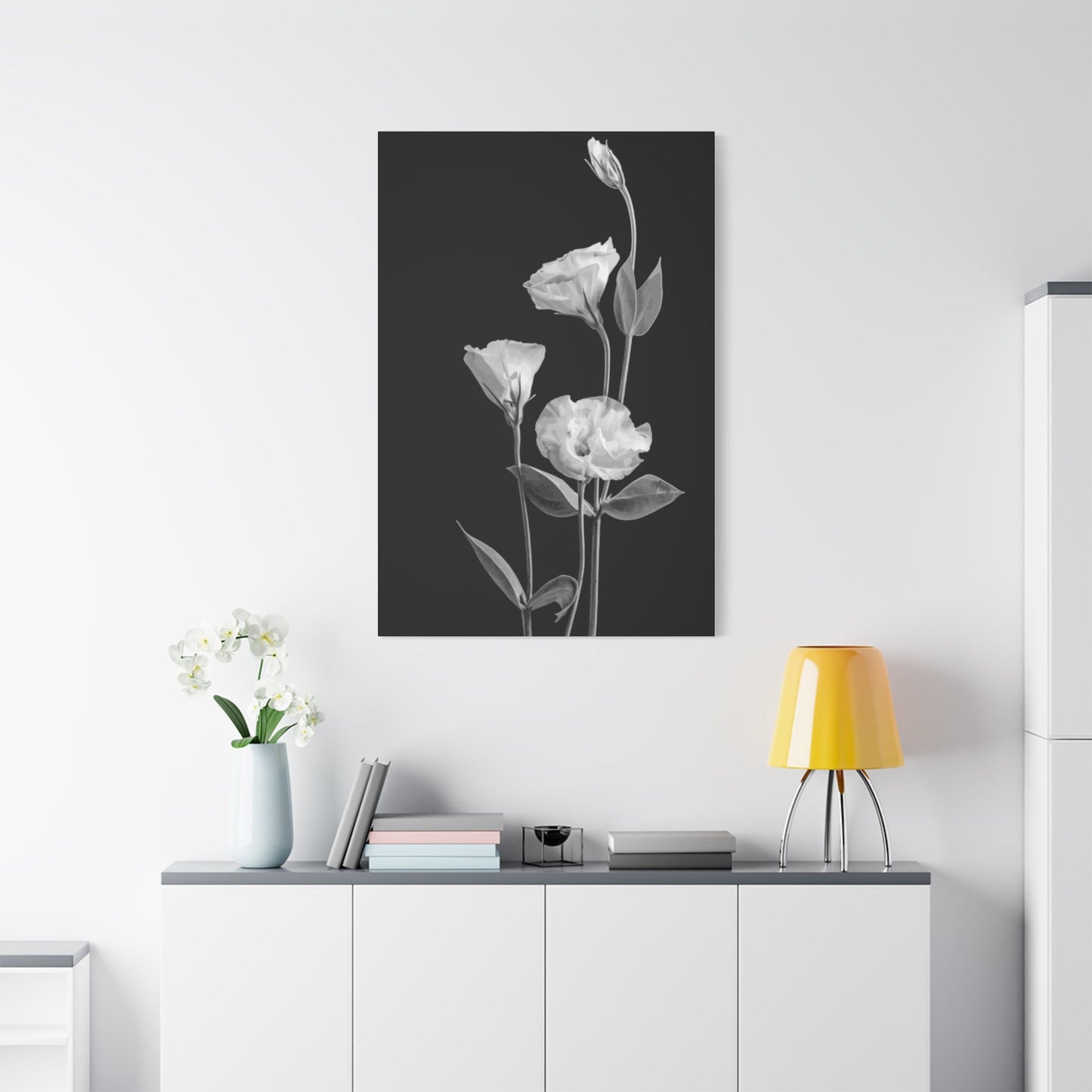
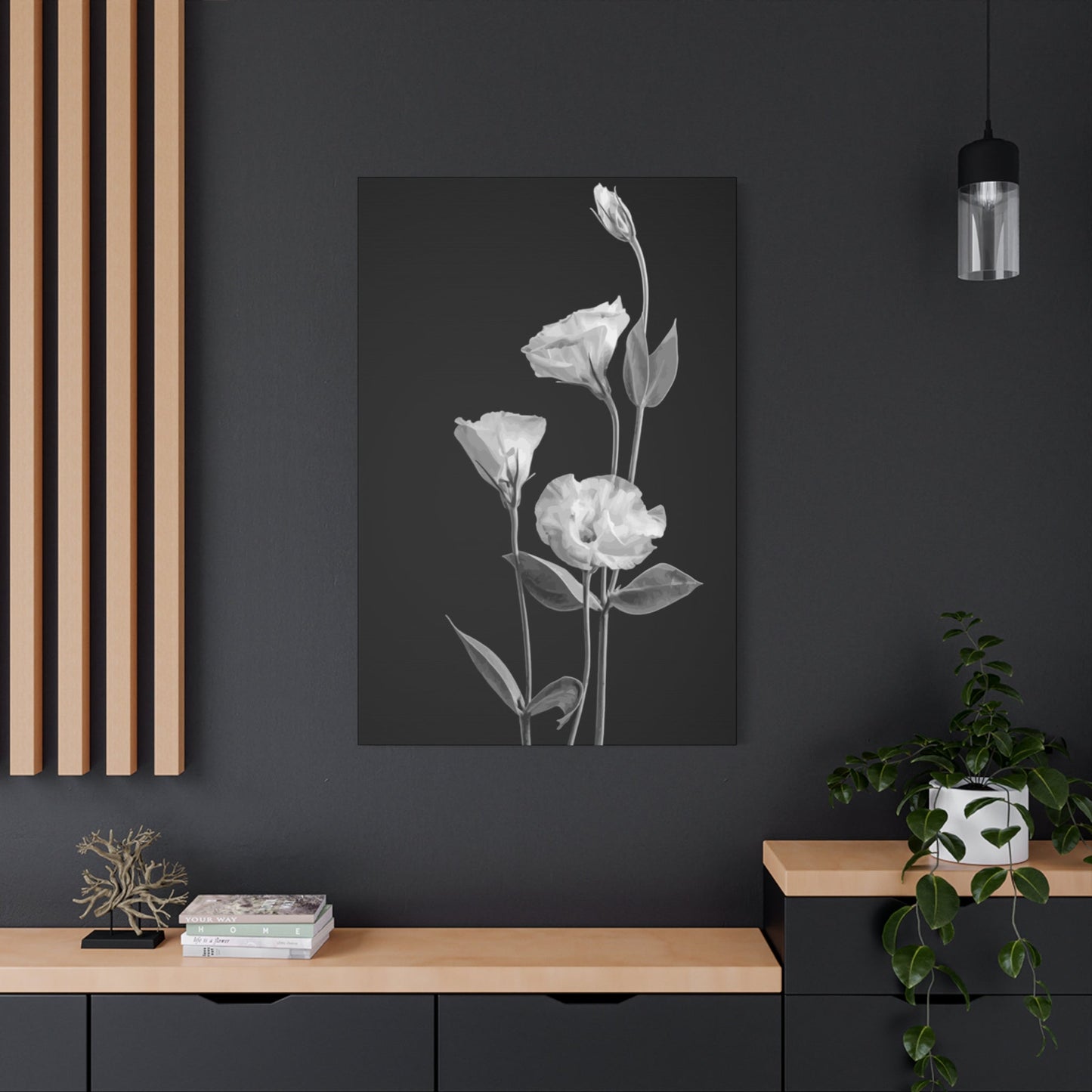
Elevating Interior Spaces with Black and White Botanical Flower Wall Art
The world of interior design has witnessed a remarkable resurgence in the appreciation of monochrome aesthetics, particularly through the lens of floral artistry. Black and white flower canvas prints have emerged as a sophisticated design element that transcends fleeting trends, offering homeowners and design enthusiasts a timeless approach to decorating their living spaces. These striking pieces combine the natural beauty of botanical subjects with the dramatic impact of monochromatic color schemes, creating artwork that speaks to both classical sensibilities and contemporary design preferences.
The appeal of monochrome floral art lies in its unique ability to distill the essence of nature's complexity into its most fundamental visual elements: form, texture, contrast, and composition. When color is removed from the equation, viewers are invited to engage with these pieces on a deeper level, focusing on the intricate details of petals, leaves, and stems that might otherwise be overshadowed by vibrant hues. This artistic approach transforms familiar botanical subjects into something entirely new and captivating.
Modern interior design increasingly values pieces that offer versatility without sacrificing visual impact, and black and white flower canvas prints fulfill this requirement exceptionally well. These artworks possess the remarkable ability to complement virtually any color palette while maintaining their own distinct presence within a room. Whether displayed in a minimalist Scandinavian-inspired space, a bold contemporary setting, or a traditional home with classic furnishings, monochrome floral prints adapt seamlessly while adding depth and sophistication to the overall design scheme.
The production quality of contemporary canvas prints has reached unprecedented levels, allowing for the reproduction of photographic detail and artistic nuance that rivals original artwork. Advanced printing technologies ensure that every subtle gradation of gray, every delicate shadow, and every crisp highlight is preserved, creating pieces that maintain their visual integrity across various lighting conditions and viewing distances. This technical excellence means that homeowners can invest in monochrome floral canvas prints with confidence, knowing that these pieces will continue to deliver visual satisfaction for years to come.
Achieving Sophistication Through Monochromatic Botanical Décor
The integration of black and white floral artwork into residential and commercial spaces represents more than a simple decorating choice; it constitutes a deliberate aesthetic philosophy that values refinement, elegance, and timeless appeal. These pieces function as visual anchors within rooms, providing focal points that draw attention without overwhelming other design elements. The monochromatic palette ensures that the artwork enhances rather than competes with existing furnishings, textiles, and architectural features.
Professional interior designers have long recognized the power of monochrome artwork to elevate the perceived sophistication of any space. Black and white flower canvas prints bring this professional-level design sensibility within reach of everyday homeowners, offering an accessible path to creating interiors that feel curated and intentional. The key lies in understanding how these pieces interact with their surroundings and selecting works that complement the scale, style, and purpose of each room.
The psychological impact of monochrome floral art cannot be understated. Research in environmental psychology suggests that exposure to nature-inspired imagery, even in simplified form, can promote feelings of calm and well-being. When combined with the visual clarity that monochromatic presentation provides, these benefits are amplified. Viewers often report feeling more focused and relaxed in spaces decorated with black and white botanical prints, making them ideal choices for bedrooms, home offices, meditation spaces, and other areas where tranquility is desired.
The versatility of monochrome floral canvas prints extends beyond their color compatibility to encompass their ability to work within various design scales. Large-format pieces can serve as statement walls in spacious rooms, while smaller prints can be grouped to create gallery walls or used individually in intimate settings. This scalability ensures that the impact of monochrome floral art can be tailored to suit any space, regardless of size or configuration.
Enhancing Minimalist Living Spaces with Monochrome Botanical Prints
Minimalist interior design philosophy emphasizes the beauty of simplicity, the importance of negative space, and the power of carefully chosen elements to create maximum impact. Black and white flower canvas prints align perfectly with these principles, offering visual interest without contributing to visual clutter. In minimalist spaces, every element must earn its place through both aesthetic merit and functional purpose, and monochrome floral prints excel in both areas.
The relationship between minimalist design and monochrome floral art is symbiotic. Minimalist spaces provide the clean, uncluttered backdrop that allows the subtle details and sophisticated composition of black and white botanical prints to shine, while the artwork provides the human connection and natural warmth that prevents minimalist interiors from feeling cold or sterile. This balance is crucial for creating minimalist spaces that feel livable and inviting rather than austere or museum-like.
Contemporary minimalist homes often feature neutral color palettes dominated by whites, grays, and natural tones. Black and white flower canvas prints complement these palettes perfectly, adding depth and visual texture without introducing color conflicts. The organic forms found in floral subjects provide a pleasing counterpoint to the clean lines and geometric shapes that characterize minimalist architecture and furnishing, creating visual harmony through contrast.
The selection process for minimalist spaces requires careful consideration of both artistic quality and thematic appropriateness. Images that feature strong compositional elements, clear focal points, and sophisticated use of negative space work particularly well in minimalist settings. Prints that capture the essential character of their botanical subjects through simplified forms and dramatic contrast tend to be more successful than those with excessive detail or busy compositions.
Placement within minimalist spaces should follow the principle of intentionality that governs all minimalist design decisions. Rather than filling every available wall space, monochrome floral prints should be positioned where they can be properly appreciated and where they contribute to the overall flow and function of the room. This might mean choosing a single large piece as a focal point or creating a carefully curated grouping that enhances a specific area without overwhelming the space.
Integrating Monochromatic Florals with Contemporary Décor Approaches
Contemporary interior design embraces a broad spectrum of influences, from industrial elements to organic materials, from bold geometric patterns to soft, flowing forms. Black and white flower canvas prints possess the remarkable ability to bridge these diverse elements, serving as unifying pieces that help create cohesive design schemes from potentially disparate components. This versatility makes them invaluable tools for contemporary designers and homeowners who appreciate eclectic approaches to decoration.
The industrial aesthetic, characterized by exposed materials, raw textures, and utilitarian forms, might seem incompatible with delicate floral imagery. However, monochrome botanical prints can soften the harder edges of industrial design while maintaining the sophisticated, urban feel that defines this style. When displayed against exposed brick walls or within spaces featuring metal fixtures and concrete surfaces, black and white flower canvas prints provide organic contrast that humanizes these environments without diminishing their contemporary edge.
Mid-century modern design, with its emphasis on clean lines, organic curves, and connection to nature, provides an ideal setting for monochrome floral art. The aesthetic principles that guided mid-century designers align closely with the visual impact of black and white botanical prints: both value simplicity, celebrate natural forms, and seek to create harmony between indoor and outdoor environments. When integrated into mid-century modern spaces, these prints feel like natural extensions of the design philosophy rather than decorative afterthoughts.
Scandinavian design principles, including hygge and lagom, emphasize comfort, functionality, and balanced living. Black and white flower canvas prints support these goals by providing visual interest that promotes relaxation and contemplation. The monochromatic palette aligns with Scandinavian preferences for neutral colors, while the botanical subject matter connects to the Scandinavian appreciation for nature and outdoor living. In spaces designed according to these principles, monochrome floral prints contribute to the overall sense of well-being and contentment that these design philosophies seek to create.
Contemporary eclectic design allows for the mixing of styles, periods, and influences in ways that reflect personal taste and lifestyle. Black and white flower canvas prints excel in eclectic settings because their neutral palette and timeless appeal allow them to work harmoniously with vintage pieces, modern furniture, traditional textiles, and contemporary accessories. They serve as visual bridges between different design elements, helping to create unified spaces from diverse components.
Maximizing Visual Impact in Compact Living Areas
Small living spaces present unique challenges for interior designers and homeowners, requiring careful balance between functionality and aesthetic appeal. Black and white flower canvas prints offer solutions to several common small-space dilemmas, providing visual interest without consuming physical space, creating focal points that don't overwhelm limited square footage, and adding personality without contributing to visual clutter. Understanding how to leverage these advantages can transform cramped quarters into stylish, comfortable living environments.
The strategic use of monochrome floral art can actually make small spaces appear larger through clever manipulation of visual perception. Light-colored prints with significant amounts of white space can help reflect light throughout a room, contributing to an airier, more open feeling. Conversely, dramatic black and white compositions with strong contrast can create depth and visual layers that suggest greater spatial complexity than actually exists. The key lies in selecting pieces that complement the natural light conditions and architectural features of each specific space.
Vertical arrangements of black and white flower canvas prints can draw the eye upward, creating the illusion of higher ceilings in compact rooms. This technique works particularly well in narrow spaces like hallways, small bedrooms, or studio apartments where every design decision must contribute to the overall sense of spaciousness. Multiple smaller prints arranged in ascending patterns or single tall pieces positioned strategically can maximize this vertical impact.
Gallery wall arrangements using monochrome floral prints allow small-space dwellers to create substantial visual impact without relying on large individual pieces that might overwhelm limited wall space. These collections can be curated to tell a story, explore variations on botanical themes, or simply provide varied visual textures within a cohesive monochromatic framework. The key to successful small-space gallery walls lies in maintaining consistent spacing, complementary sizing, and unified aesthetic themes.
Storage and display solutions for small spaces often require creative thinking about how artwork can serve multiple purposes. Black and white flower canvas prints can be incorporated into functional design elements like room dividers, headboard arrangements, or integrated shelving systems. These approaches allow residents of compact spaces to enjoy sophisticated artwork while maintaining the practical organization essential for comfortable small-space living.
Mastering Contrast Photography in Botanical Subjects
The art of capturing flowers in black and white photography requires a fundamental shift in perspective from traditional color botanical photography. Photographers must learn to see beyond the obvious beauty of colorful petals to discover the underlying structural elements, textural details, and compositional opportunities that will translate effectively into monochromatic imagery. This process involves developing an eye for tonal relationships, understanding how different lighting conditions affect contrast, and mastering the technical aspects of exposure and post-processing that bring monochrome floral images to life.
Successful black and white flower photography begins with subject selection and compositional planning. Not all flowers translate equally well to monochromatic treatment; those with interesting shapes, varied textures, or natural contrast elements tend to produce more compelling results. Roses, for example, offer layers of petals that create natural depth and shadow play, while sunflowers provide strong geometric centers surrounded by radiating patterns. Understanding which botanical subjects work best in monochrome helps photographers focus their efforts on images with the greatest artistic potential.
Lighting plays a crucial role in black and white floral photography, perhaps even more so than in color work. Without the distraction of color, viewers focus intensely on how light interacts with form, creating shadows, highlights, and the subtle gradations between them. Side lighting can emphasize texture and create dramatic shadow patterns, while backlighting can produce ethereal silhouettes and rim lighting effects. Photographers must learn to visualize how these lighting conditions will translate into monochromatic tones during the capture process.
The technical aspects of exposure become particularly critical in black and white floral photography. Unlike color images, where slight exposure variations might be acceptable or even desirable, monochrome images require precise control over tonal relationships. Highlight retention and shadow detail must be carefully balanced to ensure that the full range of the image's visual information is preserved. This often requires bracketed exposures or advanced metering techniques that account for the specific tonal distribution of each subject.
Post-processing workflow for black and white floral images differs significantly from color processing, requiring specialized techniques and aesthetic sensibilities. Conversion from color to monochrome is just the beginning; the real artistry lies in selectively adjusting different tonal ranges to enhance the image's emotional impact and visual hierarchy. Dodging and burning, contrast adjustments, and texture enhancement all play roles in creating final images that capture not just the appearance of botanical subjects but their essential character and beauty.
Converting Photographic Images into Professional Canvas Artwork
The transformation of digital photographs into canvas prints represents a complex technical and artistic process that requires understanding of color management, resolution requirements, substrate characteristics, and printing technologies. For black and white floral images, this process takes on additional nuances related to monochromatic printing, tonal reproduction, and the specific challenges of rendering subtle grayscale variations on canvas materials. Success in this conversion process determines whether the final canvas print will accurately represent the photographer's artistic vision and maintain its visual impact over time.
Resolution requirements for canvas printing differ significantly from those needed for digital display or traditional photographic printing. Canvas prints, particularly large-format pieces, require higher native resolution to maintain sharp detail and smooth tonal gradations when viewed at normal viewing distances. The texture of canvas material can help disguise minor resolution limitations, but starting with appropriately sized source images is crucial for professional results. Most professional canvas printing services recommend minimum resolutions of 150-300 DPI at the intended print size, depending on viewing distance and artistic intent.
Color management becomes particularly critical when converting black and white photographs to canvas prints, even though the final image contains no color information. Monitor calibration, printer profiles, and paper characteristics all affect how grayscale information is rendered in the final print. Professional workflows require careful attention to these factors to ensure that the subtle tonal relationships that define successful black and white floral photography are preserved in the canvas printing process.
Canvas material selection significantly impacts the final appearance of monochrome floral prints. Different canvas weights, weaves, and surface treatments interact differently with ink, affecting both the immediate appearance of prints and their long-term stability. Smooth canvas surfaces may provide better detail reproduction for highly detailed botanical images, while textured canvases can add artistic interest and mask minor printing imperfections. Understanding these material characteristics helps photographers and print buyers make informed decisions about their specific projects.
The printing process itself involves sophisticated inkjet technologies that must accurately reproduce the full range of grayscale tones present in black and white floral images. Professional canvas printing operations use pigment-based inks that offer superior longevity and color stability compared to dye-based alternatives. These inks, combined with proper canvas preparation and finishing techniques, ensure that monochrome floral canvas prints maintain their visual quality for decades under normal display conditions.
Quality control in canvas printing requires careful evaluation of test prints, color accuracy, and finish quality. Professional services typically provide proof prints or detailed digital previews that allow customers to evaluate how their black and white floral images will appear on canvas before committing to final production. This proofing process is particularly important for monochromatic images, where subtle tonal variations can significantly impact the artistic success of the final print.
Exploring Abstract Interpretations of Monochromatic Botanical Art
Abstract black and white flower prints represent a sophisticated evolution of traditional botanical art, transforming recognizable natural subjects into compositions that emphasize artistic elements over literal representation. These works challenge viewers to engage with familiar subjects in new ways, discovering beauty in unexpected angles, isolated details, and reimagined proportions. For modern homes, abstract monochromatic floral prints offer the perfect balance between natural inspiration and contemporary artistic expression.
The creation of abstract black and white floral art often begins with close-up photography or artistic interpretation that isolates specific elements of botanical subjects. A single petal's curve might become the central focus of an entire composition, or the intersection of stem and leaf might be explored for its geometric properties rather than its biological function. This selective focus allows artists to create images that suggest their natural origins while functioning primarily as pure visual compositions.
Texture plays an amplified role in abstract monochromatic botanical art. Without color to provide visual interest and with representational elements minimized, the surface qualities of petals, leaves, and stems become primary compositional elements. Artists and photographers working in this genre often emphasize these textural qualities through lighting, post-processing, or printing techniques that enhance the tactile suggestions of their subjects.
Scale manipulation is another powerful tool in abstract black and white floral art. By presenting botanical elements at unexpected sizes or in unusual proportions, artists can create compositions that challenge viewers' expectations and encourage new ways of seeing familiar subjects. A microscopic view of petal surface structure might be presented as a large-scale landscape, while an entire flower might be reduced to a small element within a larger abstract composition.
The integration of abstract monochromatic floral prints into modern home environments requires consideration of how these pieces will interact with their surroundings. Unlike representational botanical art, abstract pieces often function more as pure design elements, contributing to the overall aesthetic of a space through their formal qualities rather than their subject matter associations. This makes them particularly suitable for contemporary interiors where artistic impact takes precedence over thematic coordination.
Contemporary collectors increasingly value abstract black and white floral prints for their ability to provide sophisticated visual interest without dominating their display environments. These pieces work particularly well in minimalist settings where their reduced color palette and abstract nature complement the clean, uncluttered aesthetic that defines this design approach. They also excel in eclectic interiors where their artistic sophistication can bridge different design elements and time periods.
Technical Mastery in Monochromatic Floral Artistry
The creation of exceptional black and white floral art, whether through photography or other artistic media, requires mastery of specific technical skills that differ significantly from those needed for color work. Artists working in this medium must develop heightened sensitivity to tonal relationships, contrast management, and compositional balance. Understanding these technical foundations enables the creation of monochromatic floral pieces that achieve both artistic sophistication and emotional resonance.
Tonal mapping represents one of the most critical technical skills in monochromatic floral artistry. Artists must learn to visualize how the full spectrum of colors present in natural botanical subjects will translate into the limited grayscale palette available in black and white work. This requires understanding not just the apparent brightness of different colors, but also how human visual perception processes these relationships and how different reproduction methods might alter these tonal mappings.
Contrast control involves more than simply adjusting the difference between light and dark areas of an image. Successful monochromatic floral art requires sophisticated understanding of local contrast, global contrast, and the relationship between these two factors. Artists must learn to manipulate contrast selectively, enhancing detail in some areas while allowing other regions to merge into simplified tonal masses that support the overall composition.
Depth creation in monochromatic floral art relies heavily on technical manipulation of atmospheric perspective, overlap relationships, and selective focus. Without color differences to help separate different spatial planes, artists must use every available tool to create convincing three-dimensional illusions within their two-dimensional media. This often involves careful attention to edge quality, tonal separation, and the strategic use of sharp and soft focus areas.
Detail preservation while maintaining overall compositional unity requires delicate balance in monochromatic floral work. The absence of color means that fine details become more prominent and potentially distracting if not properly managed. Artists must develop techniques for emphasizing important details while subordinating less critical elements, creating clear visual hierarchies that guide viewer attention through their compositions.
Post-processing workflows for monochromatic floral art have evolved significantly with digital technology, offering artists unprecedented control over every aspect of their final images. Advanced techniques including luminosity masking, frequency separation, and selective color channel manipulation allow for precise control over tonal relationships and detail rendering. Mastering these technical approaches enables artists to realize their creative visions with greater precision and consistency.
Understanding Light and Shadow in Black and White Botanical Photography
The interplay between light and shadow forms the fundamental visual language of black and white botanical photography, replacing color as the primary means of creating mood, depth, and visual interest. Photographers working in this medium must develop sophisticated understanding of how different lighting conditions interact with botanical subjects, creating the dramatic contrasts and subtle gradations that define exceptional monochromatic imagery. This mastery of light and shadow relationships separates competent black and white floral photography from truly artistic achievement.
Natural lighting provides the most varied and often most beautiful illumination for black and white botanical subjects. The quality of natural light changes dramatically throughout the day and across seasons, offering photographers countless opportunities to capture the same subjects under different conditions that emphasize different aspects of their form and character. Early morning light tends to be soft and directional, creating gentle shadows that reveal form without harsh contrast. Midday light, often avoided in color photography, can create dramatic high-contrast situations that work beautifully in monochromatic treatments.
Backlighting represents one of the most powerful techniques in black and white botanical photography, creating luminous effects that emphasize the translucent qualities of petals and leaves. When botanical subjects are positioned between the camera and a strong light source, they can appear to glow from within, creating ethereal images that capture the essential life force of their subjects. Mastering backlighting requires understanding exposure compensation, flare control, and the careful balance between highlight retention and shadow detail.
Side lighting offers opportunities to emphasize texture and three-dimensional form in botanical subjects. When light strikes flowers and plants from the side, it creates shadow patterns that reveal surface details and structural elements that might be invisible under frontal illumination. Photographers must learn to recognize how different angle side lighting will affect their subjects and position themselves to capture the most revealing and artistic shadow patterns.
Artificial lighting control allows photographers to create precisely the lighting conditions needed for their artistic vision, rather than waiting for natural conditions to align with their creative goals. Studio lighting for black and white botanical photography requires understanding of how different light modifiers affect contrast, how multiple light sources interact, and how to balance the technical requirements of exposure with the artistic goals of the photographer.
Shadow detail management becomes particularly critical in black and white botanical photography, where the absence of color means that shadow areas must carry more compositional weight. Photographers must learn to expose for shadow retention while maintaining highlight detail, often requiring advanced metering techniques and post-processing skills. The goal is to create images where shadow areas contribute actively to the composition rather than simply serving as dark voids.
Symbolism and Meaning in Monochromatic Floral Art
Black and white flower art carries symbolic weight that extends far beyond its immediate visual appeal, tapping into deep cultural associations with both botanical subjects and monochromatic presentation. Throughout art history, flowers have symbolized everything from life's fleeting beauty to spiritual transcendence, while black and white imagery has been associated with timelessness, elegance, and essential truth. When combined, these elements create artwork that speaks to viewers on multiple levels, providing both aesthetic pleasure and contemplative depth.
The removal of color from floral subjects creates a form of visual poetry that emphasizes the essential rather than the superficial. In a world increasingly dominated by saturated digital imagery and sensory overload, monochromatic floral art offers viewers a chance to engage with beauty in its most distilled form. This reduction to essentials can be profoundly meditative, encouraging slower, more thoughtful viewing experiences that contrast with the rapid consumption of most contemporary visual media.
Different flowers carry specific symbolic meanings that are often amplified rather than diminished by monochromatic treatment. Roses, traditionally associated with love and passion, take on additional meanings of eternal devotion and timeless beauty when rendered in black and white. Lilies, symbols of purity and rebirth, gain gravitas and spiritual weight when stripped of their natural colors. Understanding these symbolic associations helps viewers and collectors choose pieces that resonate with their personal values and intentions.
The philosophical implications of monochromatic floral art extend to questions about the nature of beauty itself. By removing the most obvious attractive element of flowers, their color, these works challenge viewers to discover beauty in form, texture, composition, and emotional resonance. This can be a transformative experience that changes how viewers perceive both art and nature, encouraging them to look beyond surface appearances to discover deeper truths.
Contemporary interpretation of monochromatic floral symbolism reflects modern concerns about sustainability, mindfulness, and authentic experience. In an era of environmental crisis and digital overwhelm, black and white flower art can represent a return to natural simplicity and contemplative awareness. These pieces serve as reminders of the natural world's enduring beauty and our connection to living systems that exist beyond human technological constructs.
Cultural variations in the interpretation of monochromatic floral symbolism add layers of meaning for diverse audiences. Eastern artistic traditions have long valued the spiritual and meditative aspects of simplified natural imagery, while Western traditions have associated black and white art with sophistication and intellectual rigor. These cultural perspectives can inform both the creation and appreciation of contemporary monochromatic floral art.
Creating Peaceful Environments with Botanical Wall Art
The strategic use of black and white flower canvas prints in interior design can significantly impact the psychological atmosphere of living spaces, promoting feelings of calm, focus, and well-being. Research in environmental psychology consistently demonstrates that exposure to nature-inspired imagery, even in simplified form, can reduce stress levels, improve mood, and enhance cognitive function. When combined with the visual clarity and sophistication of monochromatic presentation, these benefits are often amplified, making such artwork particularly valuable in spaces designed for relaxation and restoration.
Bedroom applications of monochromatic floral art require special consideration of how these pieces will affect sleep quality and morning mood. Soft, ethereal images with gentle contrast can create soothing environments that promote restful sleep, while more dramatic compositions might energize rather than relax. The positioning of artwork relative to the bed, natural light sources, and artificial lighting also affects how these pieces influence the bedroom atmosphere throughout the day and night cycles.
Home office environments benefit from carefully chosen black and white floral prints that provide visual interest without causing distraction. The key lies in selecting pieces that offer gentle visual relief during work breaks while maintaining the focus and professionalism needed for productive work environments. Images with clean compositions and peaceful subjects can serve as brief meditation focuses during stressful workdays.
Living room installations of monochromatic floral art must balance the need for visual impact with the desire for comfortable, welcoming atmospheres. Large-scale pieces can serve as conversation starters and focal points, while smaller works might contribute to overall ambiance without dominating social interactions. The arrangement of seating relative to artwork placement affects how guests and family members experience these pieces during different activities.
Meditation and wellness spaces represent ideal applications for black and white flower canvas prints, where their calming influence and symbolic associations with natural beauty can enhance practices focused on mindfulness and spiritual development. The absence of color distraction allows practitioners to focus more deeply on their inner experience while maintaining connection to the natural world through beautiful botanical imagery.
Healthcare environments increasingly recognize the therapeutic value of nature-inspired art, with black and white floral prints offering particular advantages in these settings. Their sophisticated appearance satisfies aesthetic requirements for professional healthcare environments while providing patients and staff with gentle reminders of the natural world beyond clinical settings. The timeless quality of monochromatic presentation ensures that these pieces remain relevant and calming across diverse patient populations and extended time periods.
Therapeutic Applications and Mental Health Benefits
The intersection of art therapy and botanical imagery has gained increasing recognition within mental health and wellness communities, with black and white flower prints offering unique advantages for therapeutic applications. The simplified color palette reduces visual overwhelm while maintaining the psychological benefits associated with nature connection. Mental health professionals have noted that clients often respond particularly well to monochromatic floral imagery during therapy sessions, finding these pieces conducive to introspection and emotional exploration.
Stress reduction represents one of the most measurable benefits of exposure to botanical artwork, with several studies documenting decreased cortisol levels and improved heart rate variability in individuals spending time in environments decorated with nature-inspired images. Black and white flower prints appear to offer these benefits while adding the psychological advantages associated with simplified, elegant visual presentations. The absence of color complexity allows viewers to engage more directly with the emotional content of the imagery.
Mindfulness practice integration with monochromatic floral art provides practitioners with focal points that support meditative awareness without creating distraction. The organic forms and natural subjects offer appropriate objects for contemplation, while the black and white presentation maintains the visual simplicity that supports meditative states. Many mindfulness instructors report that students find it easier to maintain focus when practicing in environments decorated with carefully chosen monochromatic botanical artwork.
Cognitive function improvement has been documented in environments that include nature-inspired imagery, with particular benefits noted in areas related to attention restoration and creative thinking. Black and white flower prints appear to support these cognitive benefits while adding aesthetic sophistication that enhances rather than detracts from intellectual work environments. The visual clarity of monochromatic presentation may contribute to these cognitive benefits by reducing the mental processing overhead associated with complex color relationships.
Emotional regulation support through environmental design increasingly includes carefully chosen artwork as a therapeutic tool. Black and white floral prints offer emotional accessibility without overwhelming sensitivity, making them appropriate for individuals dealing with various forms of mental health challenges. The universal appeal of botanical subjects combined with the calming influence of monochromatic presentation creates artwork that can provide emotional support across diverse populations and therapeutic contexts.
Sleep improvement has been documented in bedrooms decorated with appropriate nature-inspired imagery, with black and white flower prints offering particular advantages for individuals dealing with sleep disorders or high stress levels. The calming influence of botanical subjects combined with the visual simplicity of monochromatic presentation can contribute to the peaceful evening routines essential for quality sleep. Mental health professionals often recommend such artwork as part of comprehensive sleep hygiene programs.
Gift-Giving and Meaningful Present Selection
Black and white flower canvas prints represent thoughtful gift choices that transcend demographic boundaries and personal taste variations, making them ideal presents for a wide range of recipients and occasions. The universal appeal of botanical subjects combined with the timeless elegance of monochromatic presentation ensures that these gifts will be appreciated by recipients with diverse aesthetic preferences and interior design styles. Understanding how to select and present these pieces as gifts requires consideration of the recipient's lifestyle, living situation, and personal values.
Wedding gifts often challenge gift-givers to find presents that will remain meaningful and useful throughout the couple's life together. Black and white floral canvas prints excel in this role because their sophisticated aesthetic and neutral color palette allow them to adapt to changing home décor preferences while maintaining their visual and emotional impact. Unlike more specific decorative items, monochromatic botanical art can transition successfully through different life stages and living situations.
Housewarming presents should help new homeowners establish their personal style in unfamiliar spaces, and black and white flower prints serve this function exceptionally well. These pieces provide instant sophistication and visual interest without imposing specific color schemes or decorative themes on the recipients. The calming influence of botanical imagery can also help new residents feel more settled and comfortable in their new environment.
Anniversary celebrations provide opportunities to give gifts that acknowledge shared experiences and continuing relationships. Black and white floral art, particularly pieces featuring flowers with symbolic significance to the couple, can serve as meaningful reminders of enduring love and commitment. The timeless quality of monochromatic presentation makes these gifts appropriate for milestone anniversaries where permanence and lasting value are particularly important.
Professional achievement recognition through gift-giving requires pieces that acknowledge success while maintaining workplace appropriateness. Black and white flower canvas prints offer the perfect balance of personal meaning and professional sophistication, making them suitable for office display while providing the recipient with artwork that reflects achievement and good taste. The neutral palette ensures compatibility with various professional environments.
Sympathy and support gifts require special sensitivity to the recipient's emotional state and cultural background. Black and white floral prints can provide comfort without overwhelming grieving individuals with excessive visual stimulation. The symbolic associations of flowers with life's beauty and resilience can offer gentle hope and solace, while the sophisticated presentation demonstrates respect for the recipient's experience and taste.
Milestone birthday celebrations call for gifts that acknowledge the significance of the occasion while providing lasting value. Black and white flower canvas prints represent gifts that will continue to provide enjoyment and aesthetic pleasure long after the celebration ends. The sophisticated nature of these pieces makes them appropriate for significant birthdays where the quality and thoughtfulness of gifts carry special importance.
Enduring Appeal and Timeless Design Principles
The lasting popularity of black and white flower art reflects fundamental principles of aesthetic appreciation that transcend temporary design trends and cultural fashions. These pieces succeed because they address basic human responses to beauty, nature, and visual harmony that remain constant across generations and cultural contexts. Understanding these underlying principles helps explain why monochromatic floral art continues to find new audiences and appreciation in contemporary design environments.
Historical precedent for monochromatic botanical art extends back centuries, with examples found in various cultural traditions and artistic movements. From Japanese sumi-e painting to European botanical illustration, artists have long recognized the power of simplified color palettes to reveal the essential beauty of natural subjects. This historical foundation provides contemporary black and white flower prints with artistic legitimacy and cultural resonance that support their continued relevance.
Design theory principles including balance, proportion, and harmony find natural expression in well-executed monochromatic floral art. The removal of color complexity allows these fundamental design elements to take prominence, creating pieces that satisfy aesthetic requirements at a visceral level. This alignment with basic design principles ensures that black and white flower prints will continue to appeal to viewers with developing aesthetic appreciation as well as those with sophisticated design knowledge.
Psychological universality in response to botanical imagery appears to transcend cultural and generational boundaries, suggesting deep evolutionary connections between humans and natural forms. Black and white presentation may actually enhance these connections by reducing cultural associations with specific color preferences or symbolic meanings. This universal appeal contributes to the enduring popularity of monochromatic floral art across diverse populations and design contexts.
Adaptability to changing design trends represents a crucial factor in the lasting success of black and white flower prints. While specific interior design movements come and go, the neutral palette and natural subjects of these pieces allow them to integrate successfully with new aesthetic approaches without appearing dated or inappropriate. This chameleon-like quality makes them valuable long-term investments for homeowners and collectors.
Quality recognition among design professionals ensures that monochromatic floral art will continue to receive attention and respect within the interior design community. Professional designers value pieces that offer versatility, sophistication, and proven client satisfaction, characteristics that black and white flower prints consistently demonstrate. This professional endorsement supports continued market demand and artistic development within this category.
Accent Color Integration and Design Flexibility
The strategic incorporation of colorful elements alongside black and white flower art creates dynamic interior design schemes that benefit from both the sophistication of monochromatic artwork and the energy of carefully chosen color accents. This approach requires understanding of color theory, visual balance, and the psychological impact of different color combinations. When executed skillfully, these mixed palettes can create environments that feel both sophisticated and vibrant, offering the best of both aesthetic approaches.
Color psychology considerations become particularly important when adding accent colors to spaces dominated by monochromatic floral art. Warm accent colors like deep reds, rich oranges, or golden yellows can create welcoming, energizing environments that balance the calm sophistication of black and white botanical prints. Cool accent colors including deep blues, forest greens, or elegant purples can enhance the peaceful qualities of monochromatic art while adding depth and richness to the overall design scheme.
Textile integration offers one of the most effective methods for introducing accent colors into spaces featuring black and white flower canvas prints. Throw pillows, area rugs, window treatments, and upholstered furniture can provide color without competing with the artwork for visual attention. The key lies in choosing colors that complement rather than clash with the tonal relationships present in the monochromatic pieces, creating harmonious environments where all elements support the overall design goals.
Seasonal color changes allow homeowners to refresh their interiors while maintaining their investment in monochromatic floral artwork. By switching out accent colors through easily changed elements like pillows, throws, and accessories, rooms can take on different seasonal personalities while the black and white botanical prints provide consistent visual anchors. This approach offers the excitement of design change without the expense of major renovation or artwork replacement.
Metallic accent integration can add luxury and sophistication to spaces featuring black and white flower prints without introducing competing color elements. Gold accents create warm, traditional atmospheres that enhance the timeless quality of monochromatic botanical art. Silver and platinum tones support more contemporary design approaches while maintaining the sophisticated aesthetic that these pieces promote. Copper and bronze accents can bridge traditional and contemporary styles while adding warmth and richness.
Conclusion:
Black and white botanical flower wall art offers a timeless, elegant way to enhance interior spaces, combining the natural beauty of flora with the sophistication of monochromatic design. By removing color from the equation, these artworks emphasize form, texture, and contrast, allowing the intricate details of petals, leaves, and stems to take center stage. The result is a refined aesthetic that balances modern minimalism with the organic elegance of nature, making it suitable for a wide variety of interior styles—from contemporary and Scandinavian to traditional and eclectic.
The versatility of black and white botanical art makes it a powerful design tool. Large-scale prints serve as striking focal points in living rooms, bedrooms, or dining areas, commanding attention while maintaining a sense of calm and balance. Smaller framed pieces or grouped gallery arrangements add subtle sophistication to hallways, studies, or entryways, creating layered visual interest without overwhelming the space. The neutral palette ensures seamless integration with other décor elements, from textured fabrics and natural wood accents to metallic finishes and modern furniture.
Beyond their visual appeal, black and white botanical artworks carry a symbolic and emotional resonance. Flowers often represent growth, renewal, and harmony, and presenting them in monochrome adds a sense of timelessness and serenity. This duality allows homeowners to enjoy both the aesthetic charm and the contemplative mood these pieces evoke, creating interiors that feel both stylish and emotionally engaging.
Lighting plays a crucial role in enhancing the depth and detail of botanical wall art. Soft ambient light accentuates delicate textures, while directional spotlights highlight shadows and intricate forms, creating a dynamic interplay that draws the eye and adds dimension to the room. Properly illuminated, these artworks achieve a gallery-like presence, elevating even the simplest spaces.
In essence, Elevating Interior Spaces with Black and White Botanical Flower Wall Art demonstrates the enduring power of simplicity and contrast in interior design. These artworks transform walls into canvases of elegance, creating environments that are refined, harmonious, and deeply connected to the natural world. By incorporating black and white botanical art, homeowners achieve a perfect balance between sophistication and organic beauty, turning any interior into a timeless, inspiring space.















